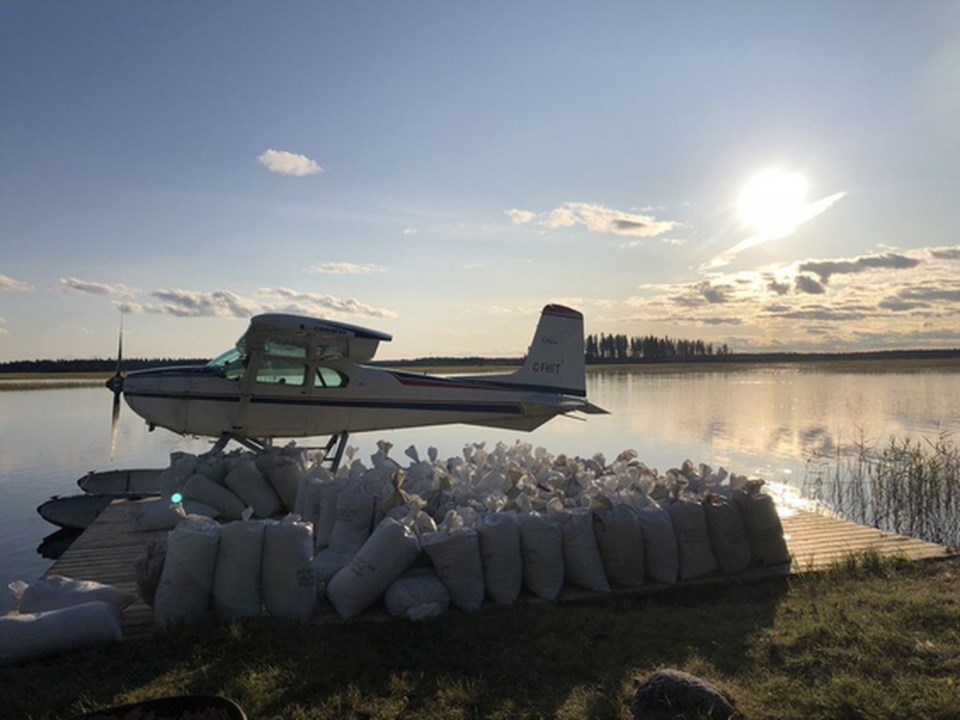High water levels swamped wild rice crops across Saskatchewan’s north this month.
That’s left growers concerned that lost crops will send demand for a mostly-Indigenous workforce plummeting this harvest, especially as businesses are squeezed between higher land lease fees and lower yields.
“People in the wild rice business will suffer this year because of the adverse weather conditions and the flooding,” noted Rusty Cameron, president of the Saskatchewan Wild Rice Council.
Saskatchewan has more than 300 wild rices producers, Cameron said. He estimated about 2,500 people would typically be employed in the industry, including people working in rice plants, transportation and general labour.
Wild rice operators hire largely Indigenous and Metis workers to assist with harvests each fall. Lower yields mean many will struggle to find work, he said.
“All over Saskatchewan they depend on that harvest for an income.”
Without a good stock of rice, he is further worried about exporting to Asian, European, and U.S. markets, which together account for more than 80 per cent of the province’s wild rice output, he said.
Growers hope for a rebound in the weather, or at least a bumper recovery in 2021.
Larissa Muirhead of Against the Grain Organic Wild Rice in La Ronge agreed there will likely be lower yield, if any, this year. She said about 200,000 pounds of rice is harvested in an average year.
“We’re not too optimistic about the year,” she said, adding that her operation will have a clearer picture later in the month.
Mike Watt of Riese’s Canadian Lake Wild Rice in La Ronge, one of the province’s largest wild rice buyers, reported that high water levels could reduce his crops to a quarter of an average year.
He is further concerned about a 60 per cent increase in land lease fees. Between the lease fees, COVID-19 and high water, “It’s kind of a triple whammy,” he said.
The new rates will be phased in over two years. The average fee for a wild rice permit or licence was $215 in 2019-20 and will be $265 for 2020-21, ministry of environment spokeswoman Val Nicholson said.
“To assist (wild rice growers), the ministry is working with the industry and using its available flexibility by deferring lease fee payments to later in the fiscal year, as late as February 2021,” she said, adding that fee changes required legislative approval and the fees hadn’t been reviewed for 12 years when they were changed.
There are no provisions to waive the fees.
Gerry Angell of Autumn Sky Wild Rice in Denare Beach harvests on about 1,100 acres. For him, a fee increase could mean thousands in extra costs that he’d have to cover while much of his crop is flooded, he said.
“We got to find the way somehow to go ahead and pay for it.”




